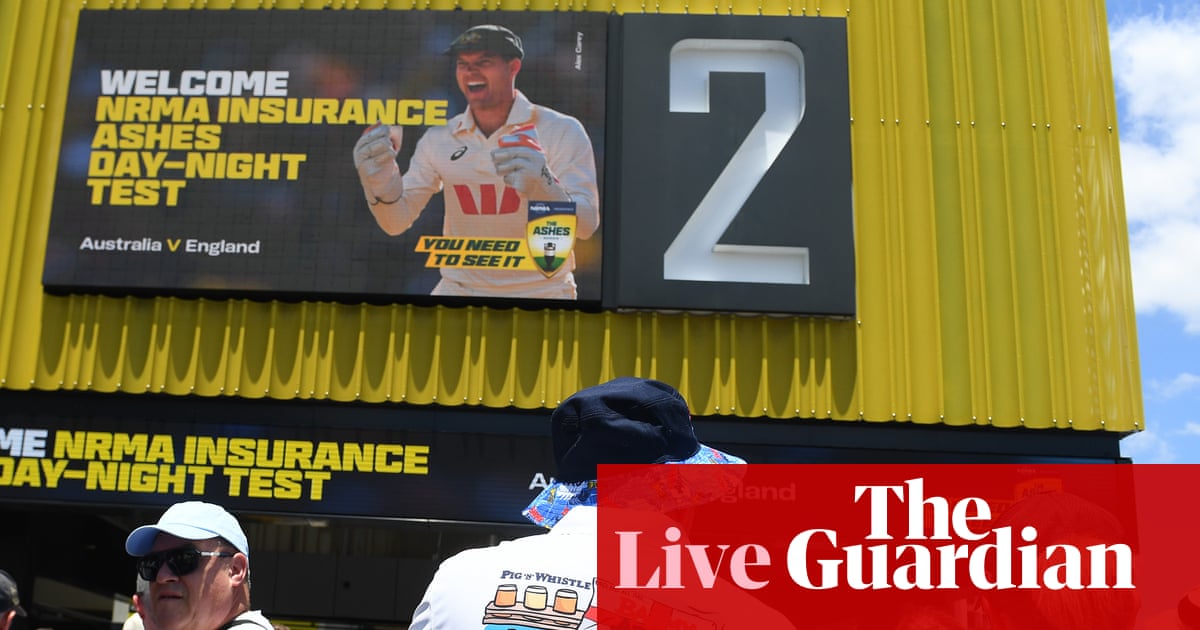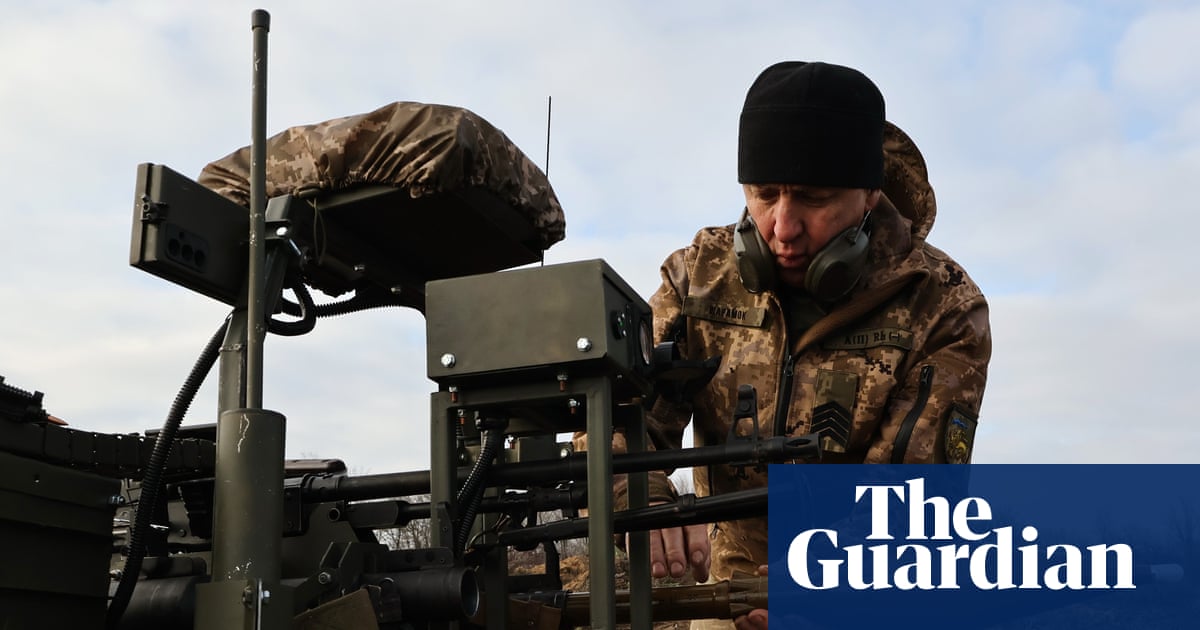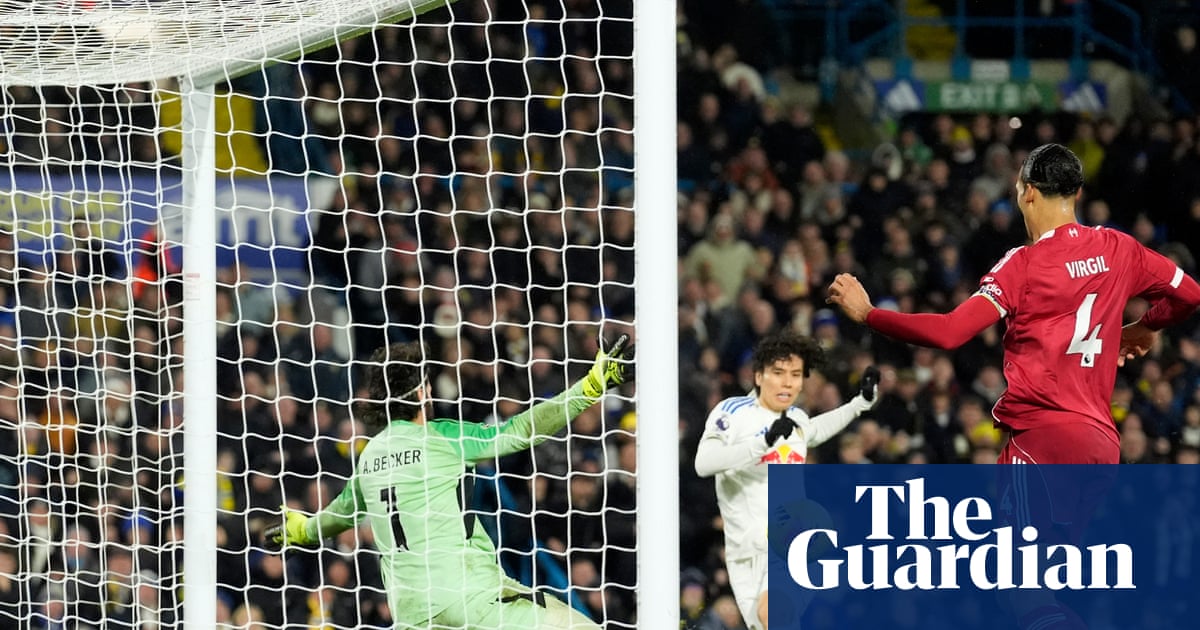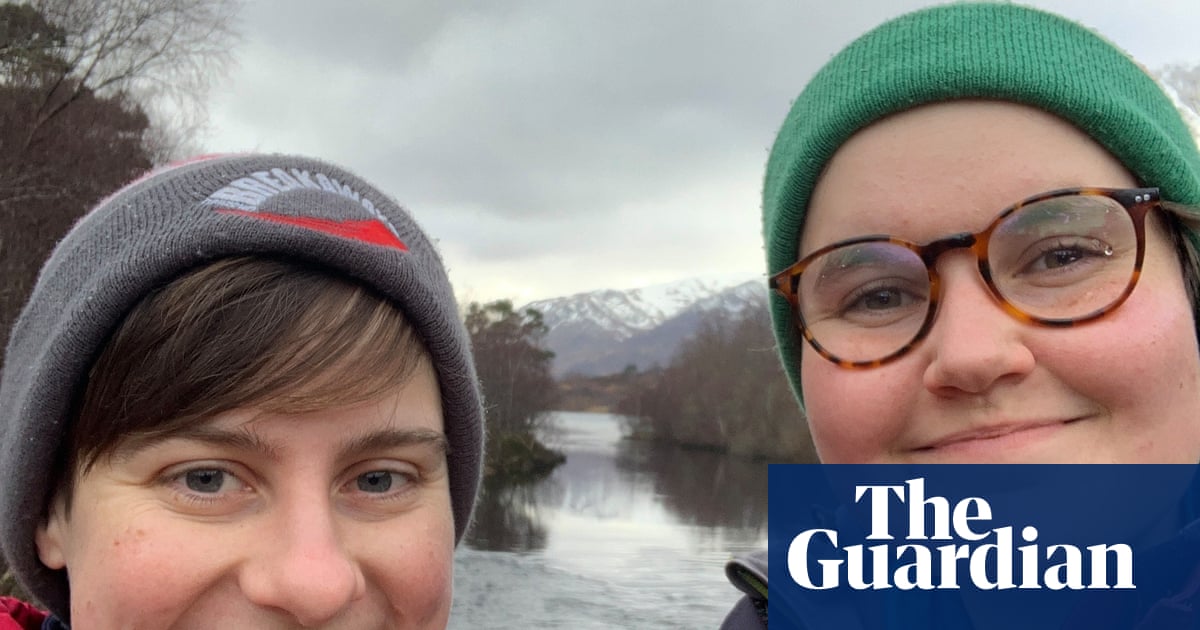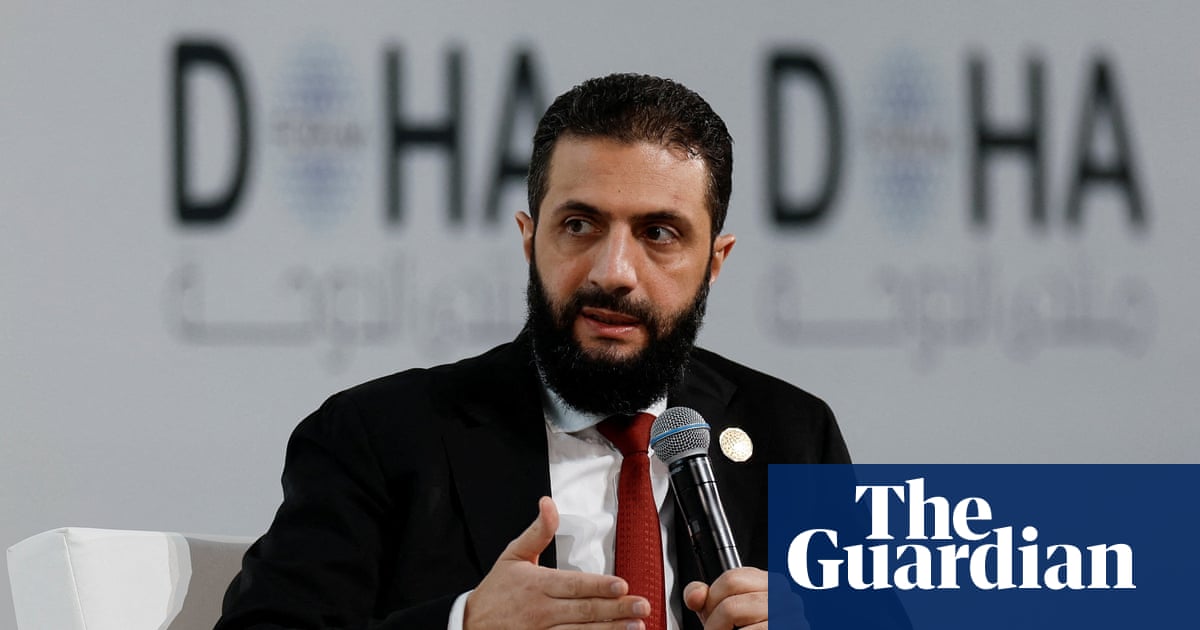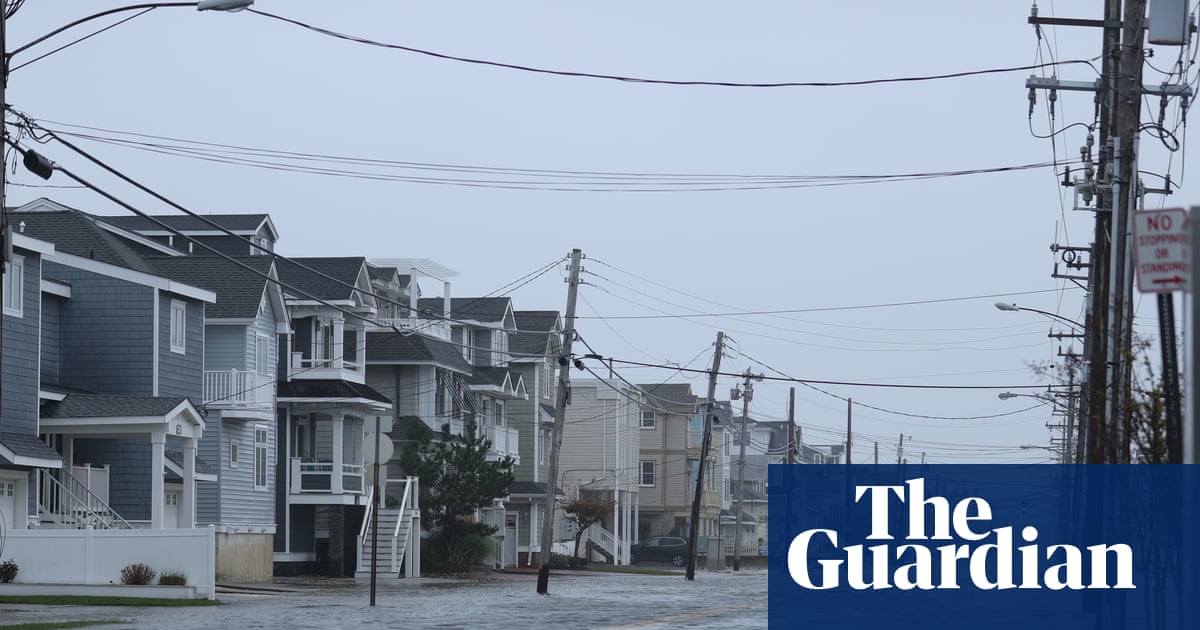Prosecutors in Milan have opened an investigation into Italians who allegedly paid members of the Bosnian Serb army for trips to Sarajevo so that they could kill citizens during the four-year siege of the city in the 1990s.
More than 10,000 people were killed in Sarajevo by constant shelling and sniper fire between 1992 and 1996 in what was the longest siege in modern history, after Bosnia and Herzegovina declared independence from Yugoslavia.
The snipers were perhaps the most feared element of life under siege in Sarajevo because they would pick off people on the streets, including children, at random, as if it was a video game or a safari.
Groups of Italians and other nationalities, so-called “sniper tourists”, are alleged to have participated in the massacre after paying large sums of money to soldiers belonging to the army of Radovan Karadžić, the former Bosnian Serb leader who in 2016 was found guilty of genocide and other crimes against humanity, to be transported to the hills surrounding Sarajevo so that they could shoot at the population for pleasure.
Sarajevo is in a basin surrounded by mountains, which made cutting it off and attacking it particularly easy.
Milan prosecutors, led by Alessandro Gobbi, launched an investigation aimed at identifying the Italians involved on charges of voluntary murder aggravated by cruelty and abject motives.
The investigation originated from a legal complaint submitted by Ezio Gavazzeni, a Milan-based writer who gathered evidence on the allegations, as well as a report sent to the prosecutors by the former mayor of Sarajevo, Benjamina Karić.
Gavazzeni said he had first read reports about the alleged sniper tourists in the Italian press in the 1990s, but it was not until he watched Sarajevo Safari, a 2022 documentary by the Slovenian director Miran Zupanič, that he began to investigate further.
In the documentary, a former Serb soldier and a contractor claimed that groups of westerners would shoot at the civilian population from the hills around Sarajevo. Its claims have been vehemently denied by Serbian war veterans.
“Sarajevo Safari was the starting point,” said Gavazzeni. “I began a correspondence with the director and from there expanded my investigation until I collected enough material to present to the Milan prosecutors.”
Gavazzeni claimed “many, many, many Italians” were alleged to have been involved, without providing a figure. “There were Germans, French, English … people from all western countries who paid large sums of money to be taken there to shoot civilians.”
Gavazzeni added: “There were no political or religious motivations. They were rich people who went there for fun and personal satisfaction. We are talking about people who love guns who perhaps go to shooting ranges or on safari in Africa.”
He claimed the Italian suspects would meet in the northern city of Trieste and travel to Belgrade, from where the Bosnian Serb soldiers would accompany them to the hills of Sarajevo. “There was a traffic of war tourists who went to there to shoot people,” he said. “I call it an indifference towards evil.”
Gavazenni said he had identified some of the Italian individuals alleged to have been involved and who are expected to be questioned by the prosecutors in the coming weeks.
Probably the most high-profile deaths by sniper fire were Bošco Brkić and Admira Ismić, a couple documented in the film Romeo and Juliet in Sarajevo, who were killed by a sniper in 1993 while trying to cross a bridge. Their bodies remained in no-man’s land between the Bosnian and Bosnian Serb positions for several days. Photographs were published widely and became symbolic of the randomness and inhumanity of the war.
The main street running into Sarajevo, Meša Selimović Boulevard, was nicknamed “Sniper Alley” because it became extremely dangerous but could not be avoided as it was the way to Sarajevo airport. Trams and buses had their windows shot out and all around there were sniper warning signs.
Nicola Brigida, a lawyer who helped Gavazzeni prepare his case, said: “The evidence accumulated after a long investigation [by Gavazzeni] is well substantiated and could lead to serious investigation to identify the culprits. There is also the report from the former Sarajevo mayor.”

 3 weeks ago
26
3 weeks ago
26
